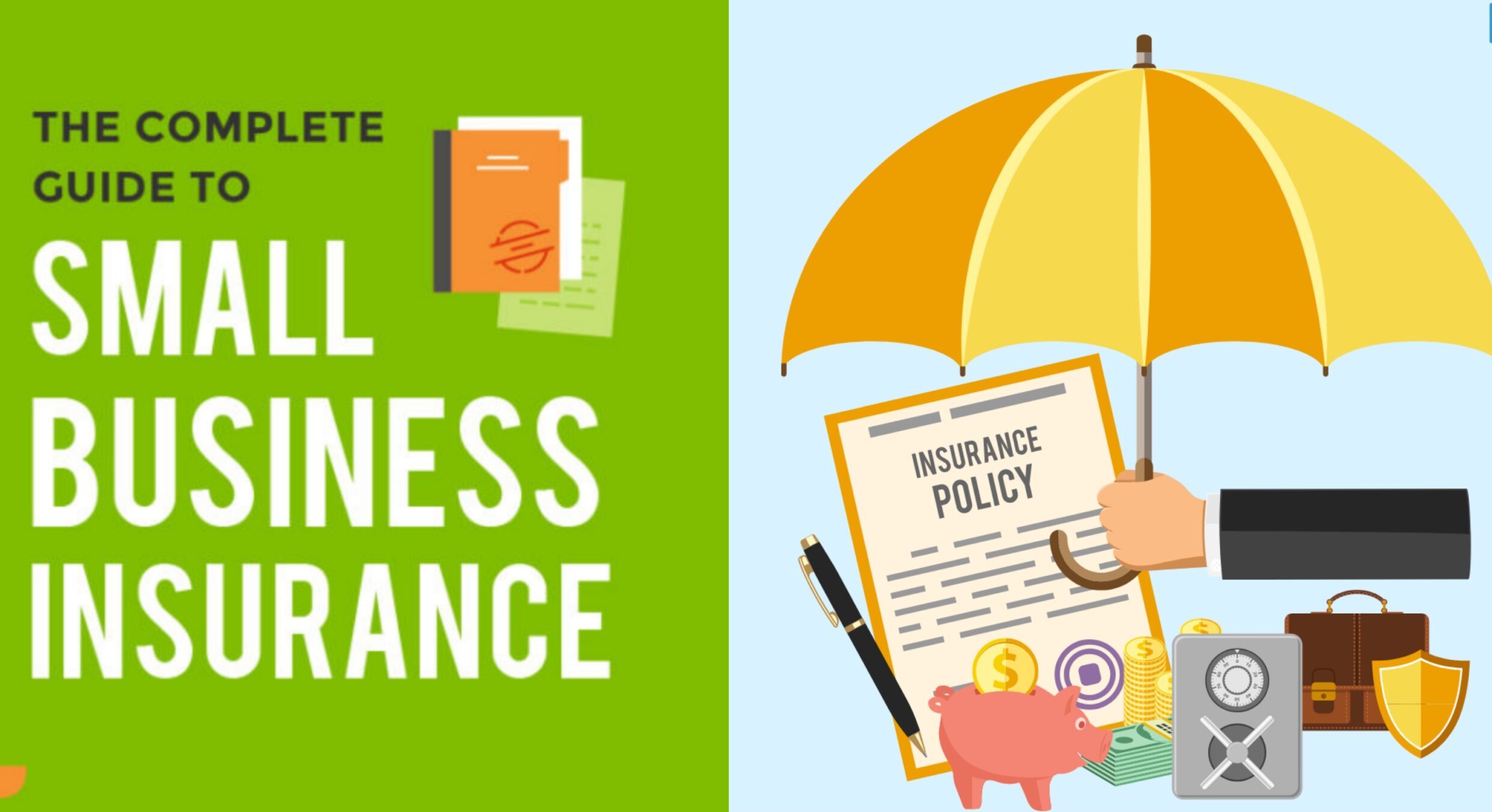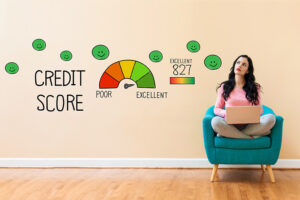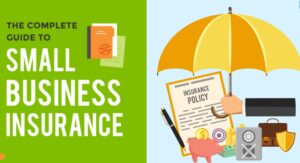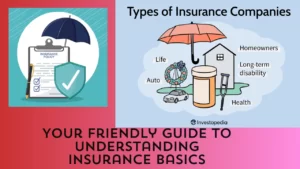Operating a small business comes with many risks and uncertainties. As a business owner, one of the most important things you can do is have the proper insurance coverage in place to protect your company’s assets and finances.
When it comes to insurance, one of the foundational policies that nearly every small business needs is general liability insurance.
General liability insurance helps provide coverage if your business is sued for bodily injury, property damage, personal injury, or advertising injury.
It helps pay for legal fees, medical expenses, settlements, and damages that your business becomes legally obligated to pay as a result of such claims.
As you evaluate insurance options to put in place for 2024, one of the big questions is – how much does general liability insurance cost on average for a small business?
Gaining insight into typical general liability insurance costs can help you budget properly and determine adequate liability coverage levels based on your operations and risks.
This comprehensive guide examines all the popular factors that influence small business insurance costs when it comes to general liability.
Read on for insights into average pricing, cost factors, how to find the best rates, and tips for avoiding common mistakes business owners make when buying insurance.

What Determines the Cost of General Liability Insurance for Small Businesses?
There are several key factors that influence how much a small business pays for general liability insurance coverage. Insurance companies use these variables to evaluate the unique risks your company faces and calculate premiums accordingly.
Some of the top elements that impact general liability insurance rates include:
Key factors influencing insurance cost
- Type of business – The industry and activities involved in daily operations play a big role in pricing. For example, higher-risk industries like construction pay more than professional services.
- Business size – Total number of employees and annual revenue. Larger businesses typically pay more than micro businesses for solopreneurs.
- Location – Insurance rates vary significantly by state and region. Areas with more claims litigation tend to have higher premiums.
- Years in business – Longer operating history presents lower risk to insurers than a new start-up.
The role of business size and industry in determining insurance premiums
The type of industry and company size metrics carry significant weight in general liability insurance underwriting and pricing calculations. For example, small law firms with 5 employees will generally pay much lower premiums than a 25-person retail store or restaurant business. High-risk sectors like construction, events, healthcare, or manufacturers see some of the steepest rates.
Average Annual General Liability Insurance Costs by Industry:
| Industry | Average Cost |
| Professional Services | $600 |
| Retail Store | $2,100 |
| Restaurant | $4,800 |
| Manufacturing | $8,900 |
| Construction | $12,300 |
*Costs assume $1 million liability policy for companies with <100 employees
Understanding how insurance companies assess risk
Insurance carriers conduct deep analysis of potential clients to estimate future loss claims against policies and arrive at standard pricing. Beyond the business type and size, some additional factors that feed into a carrier’s risk assessment include:
- Claims history – Previous losses filed against your business or similar companies
- Safety procedures – Use of safety gear, employee training programs
- Client contracts – Terms and scope of work with your customers
- Activity risks – For restaurants, this may include grease hazards or liquor liability

Breaking Down the Average Cost of Small Business Insurance in 2024
To put some rough numbers around what small businesses pay for general liability insurance coverage, here is an overview of current cost data. Please note premiums vary widely based on all the previously discussed criteria.
Reaching out to an independent insurance agent to generate quotes tailored to your business is the best way to get accurate general liability insurance cost estimates.
Insight into the current small business insurance cost landscape
According to the latest insurance industry surveys, small businesses with less than 100 employees now pay an average of $1,387 per year for general liability insurance covering bodily injury and property damage legal claims against their business.
However, prices can easily range from $500 per year up to $5,000 or more depending on the exact liability risks your small business faces.
Comparing general liability insurance costs across various industries
To give a snapshot of how widely general liability insurance costs diverge across sectors, here is a comparison showing average premiums for some common small business industries:
| Industry | Avg. Yearly Premium |
| Professional Services | $650 |
| Retail Store | $1,500 |
| Restaurant | $4,950 |
| Contractor | $7,800 |
Keep in mind that individual business operations, safety records, claims history, and other factors also significantly sway pricing so your rates could be lower or higher than peers in your sector.
A look at the trends affecting business insurance costs
General liability insurance pricing for small businesses has climbed 25% over the past 3 years according to industry analysis from the National Association of Insurance Commissioners (NAIC). Several macroeconomic trends are colliding to drive up rates industry-wide:
- Rising claims costs – The average cost per claim has steadily increased from $45K per claim in 2017 to over $65K per claim today due to rising healthcare expenditures and lawsuit settlements. This gets passed along to customers through higher premiums.
- Increased litigation – The number of liability lawsuits filed against small businesses has accelerated in recent years, especially in sectors like retail, healthcare, and food/beverage. This compels insurers to raise rates to cover growing legal claim volumes.
- Broadening risk pools – To spread risk, insurance companies have reduced incentives and discounts for the safest sectors. This means fewer subsidies keeping rates down for historically safe industries.
The NAIC projects an additional 10-15% rise in small business liability insurance rates by 2024 as these trends worsen. This could mean if your current premium is $2,000 per year, it climbs to $2,400 per year by 2024 assuming no major shift in your operations or claims.

Cost Factors: What Drives Up the Price of Business Insurance?
Now that you see average pricing and trends in the general liability insurance market, what are the specific operational factors that cause a business’ premium to be below or above industry rate averages? Here are some of the most influential variables:
The impact of business location on insurance costs
Where your business facility is located plays a surprisingly big role in liability premium calculations. In states where legal claims are more frequent like Alabama, Florida, Illinois, Louisiana, Nevada, New York and Texas, businesses pay significantly higher insurance rates across nearly every sector.
If possible, work with an insurance agent to compare pricing differences between counties which can vary widely even within your state. Relocating just an hour away could slash thousands from your annual premium.
How claims history influences insurance premiums
Past loss experience heavily dictates your future insurance rates. If your business files multiple substantial claims within a policy period, expects renewal premium hikes of 25% or greater as standard. Some insurers may even opt to drop coverage entirely deeming your enterprise too risky to profitably insure.
Mitigating risks through documented safety protocols and customer contracts can help minimize claim activity that drives up insurance pricing. Highly regulated industries like construction already incorporate strong safety processes helping compensate for elevated operational dangers.
Assessing the effect of business operations complexity on insurance prices
The intricacy of business activities also weighs into calculating premiums. Simpler, well-defined services allow insurers to accurately gauge risks compared to highly complex or bespoke offerings creating uncertainty. For example, an accountant focused purely on taxes/bookkeeping receives more favorable rates than one doing multifaceted business consulting.
Tightly scoping products and solutions while transparently conveying details enables insurers to extend discounted pricing for reduced risks. Standardized processes similarly indicate stability versus continual changes raising the probability of legal exposures.

Exploring the Different Types of Business Insurance and Their Costs
While this guide has focused extensively on cost factors surrounding core general liability insurance, most small businesses need coverage across additional fronts.
Here is an overview of other common policies small business owners secure and typical pricing for each.
Comparing general liability insurance with professional and commercial property insurance
Nearly every small business protects against two fundamental risks – 3rd party injury/damage claims and damage to physical business property according to research from leading insurance carrier Hiscox.
Here is a comparison of general liability insurance which covers the first risk relative to policies guarding against property damage:
| Insurance Type | What It Covers | Avg. Yearly Cost |
| General Liability | Injury claims, property damage claims, personal/advertising claims | $1,387 per year |
| Professional Liability | Errors/omissions from professional services causing client damages | $2,100 per year |
| Commercial Property | Damage to office space, inventory, equipment due to causes like fire, water, or theft | $1,500 per year |
As shown above, general liability represents just one component of overall small business insurance spend averaging under $1,500 per year.
Many companies opt to wrap together coverage like professional and general liability insurance into a single business owner’s policy (BOP) for simplicity and bundling discounts.
The cost benefits of bundling insurance policies for small businesses
Insurers entice small business buyers to consolidate coverage spans like general liability, commercial building protection, and other policies under a BOP by providing bundled pricing at 15-30% savings compared to buying individually.
This can quickly yield savings of hundreds of dollars each year making a bundle appealing for many main street enterprises.
A BOP product from insurer Travelers including general liability, property damage, loss of business income, and other protections has an average yearly premium of $3,500 for less risky retailers and professional services firms based on sample quotes.
Manufacturers, contractors and restaurants pay more given elevated operational dangers.
Before bundling coverage, make sure to carefully analyze gaps for risks like errors/omissions which may necessitate keeping specialized protection separate.
Work closely with your insurance agent or broker to ensure your unique exposure concerns still receive tailored coverage within a bundled insurance package.
Understanding the nuances of commercial auto and compensation insurance costs
While property damage and 3rd party lawsuits constitute two major sources of risk for small enterprises, owners must also consider coverage like commercial auto insurance protecting against collisions and injuries involving company vehicles.
Employers with staff may also need workers’ compensation insurance shielding against staff injuries and lost wages.
Commercial auto premiums hinge on factors like:
- Number of cars/trucks
- Vehicle types (commercial vans cost more than sedans)
- Driving routes
- Past accident history
- Driver safety training completion
Typical small business policies run $3,000 – $7,000 per vehicle for combined liability and collision depending on these variables according to data from The Hartford insurance company.
Workers’ comp pricing involves equal complexity with quotes ranging drastically based on:
- Employee roles
- Industry risk classification
- Portion of staff duties conducted off-site
- Organization payroll size
Common formula factors like “class codes” used by insurers make comparison difficult. Consulting licensed commercial insurance brokers familiar with your sector is advised to determine appropriate coverage levels and achieve optimal rates.

How to Find the Best General Liability Insurance Rates for Your Small Business
Now that you grasp the key influences on general liability insurance costs for enterprises, how can you secure the most competitive premiums? Here are expert-backed tips:
Strategies for comparing insurance quotes and coverage options
- Get quotes from both standard carriers and specialty insurers catering to your industry to compare rates for the same coverage levels. Rates can vary by thousands between providers.
- Work with an independent insurance agent or broker to access multiple carrier quotes and identify best fit options. Avoid captive sellers stuck with a single company.
- Make sure to compare deductibles and out-of-pocket costs, not just base premiums when judging policy affordability. $500 more in premium but a $5K lower deductible may save in the long run.
Tips for negotiating with insurance providers for better rates
- Ask about risk mitigation discounts for safety measures like installing video cameras, offering customer contracts clearly limiting liability, or implementing employee security protocols
- Inquire whether forming an LLC entity or incorporating can unlock lower rates
- Request higher deductible options which dramatically reduce monthly premium spend
- Adjust coverage limits downward if legally permissible based on business size and liability risk landscape
Exploring the advantages of working with an independent insurance agent
Independent agents prove valuable for securing optimal rates thanks to ability to provide quotes across 10+ insurance providers. Unlike captive sellers, they can also offer unbiased guidance on tailoring coverage to your unique operational risks. Developing a relationship with an independent agent that understands your business can yield long-term benefits.
Avoiding Common Pitfalls: What Small Business Owners Need to Know About Insurance Costs
As a final primer before evaluating general liability insurance coverage needs for 2024, make sure to sidestep these frequent mistakes organizations make according to small business insurance experts:
Recognizing the signs of inadequate or excessive coverage
Working with a qualified agent alleviates constant second-guessing if current insurance coverage provides adequate or excessive liability protection and cost efficiency. Warning signs you lack sufficient protection include:
- Vendors/partners requiring additional insured status
- Getting denied when requesting Certificates of Insurance
- Having legal advisors recommend expanded liability policies to comply with evolving laws
Conversely, consistent renewal premium hikes without major shifts in operations or new emerging risk possibilities signal overspending for unused policy buffers.
Importance of accurately assessing your business’s insurance needs
Avoid copy-pasting peers or competitive insurance coverage spans without carefully analyzing unique exposure possibilities institutionally neglected. Common oversight areas include cybersecurity and data breach risks as digital assets grow or customer/vendor dependencies increasing supply chain vulnerabilities.
How to adjust your insurance coverage as your business evolves
As revenue scale increases or entirely new products/services get introduced, revisit policy fitness every 6-12 months. Fast growing businesses in 5-figure customer counts may need to upgrade limits from $1 million to $5 or $10 million coverage to adequately buffer legal risks from escalating consumer bases.
The Bottom Line
This comprehensive guide examined all the influential factors driving general liability insurance costs for America’s small business community.
While premiums average approximately $1,400 per year at baseline, we explored how aspects ranging from your sector risk profile, location, years in business, and safety record can all push pricing higher or lower on an individual basis.
Arming yourself with general knowledge of business insurance costs in 2024 empowers you to budget properly, lock-in the coverage spans necessary for your operational risk landscape and secure optimal rates saving hundreds per year.
Now is the time to connect with commercial insurance specialists to put in place policies protecting against legal claims jeopardizing hard earned gains as the economy faces uncertainty in coming years.





























